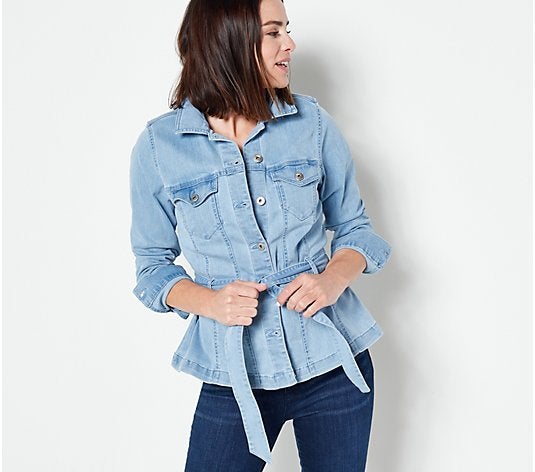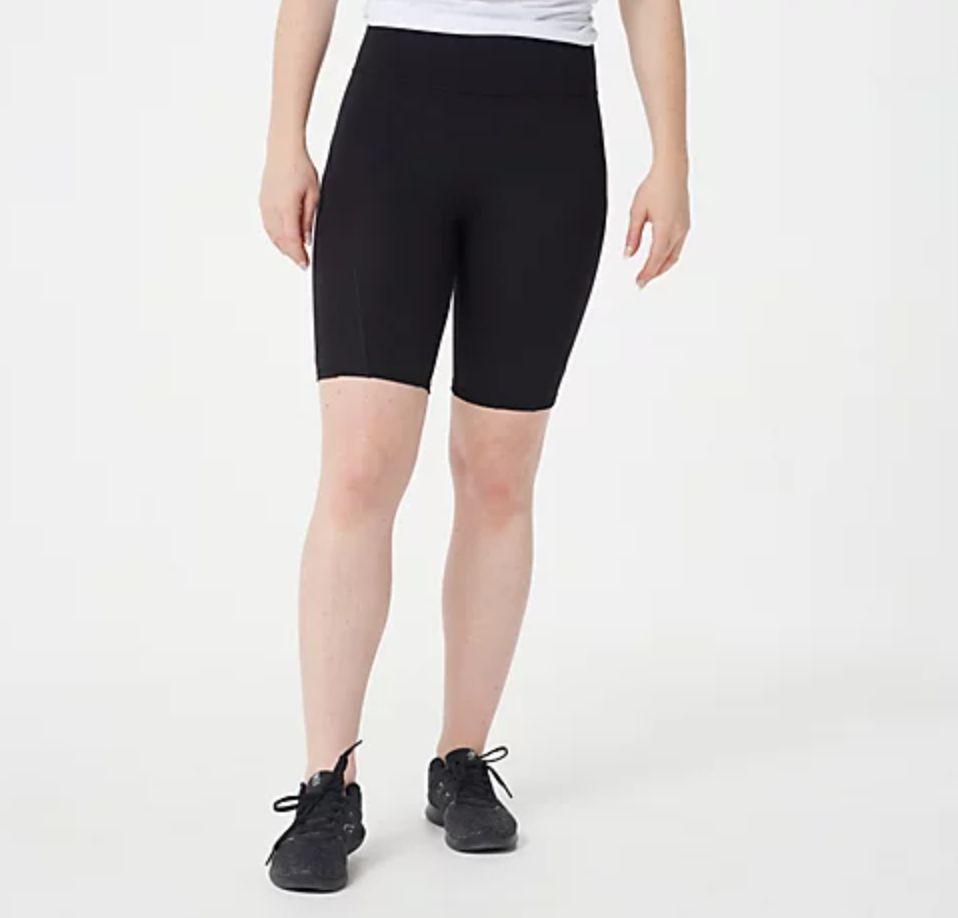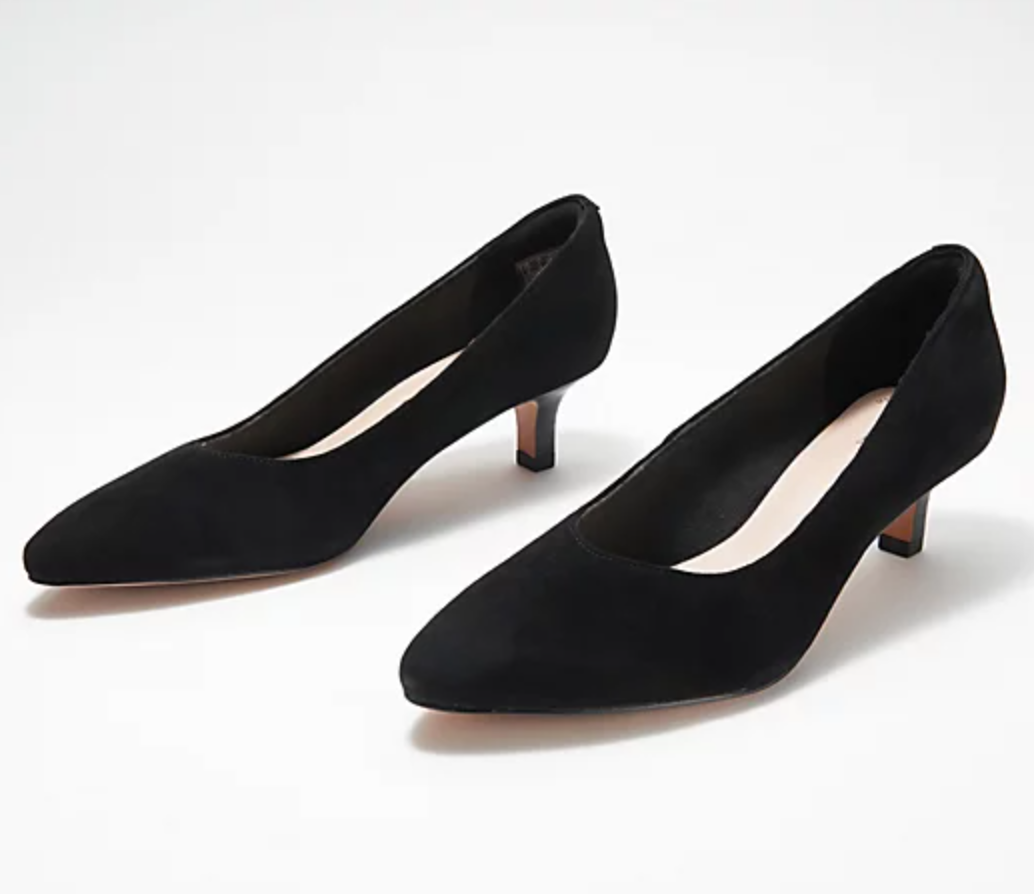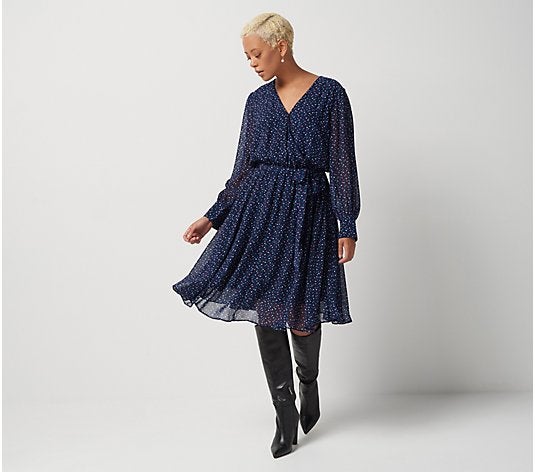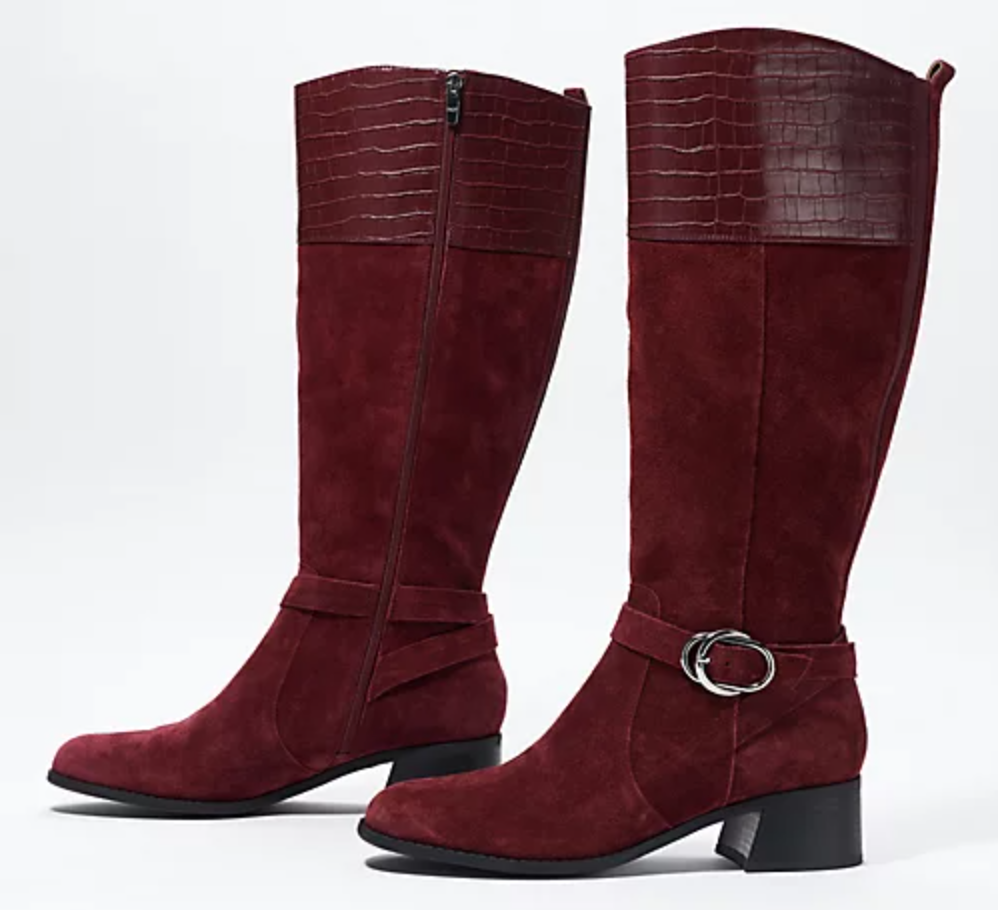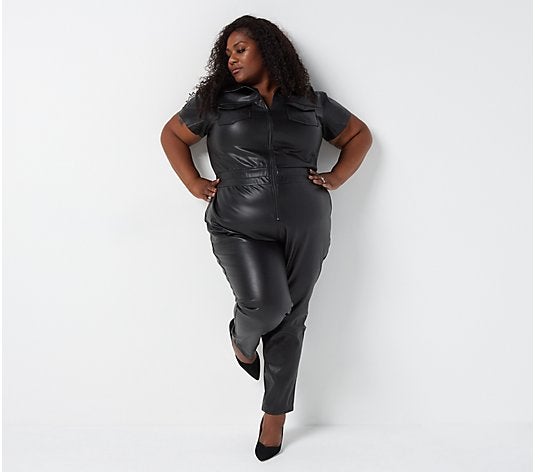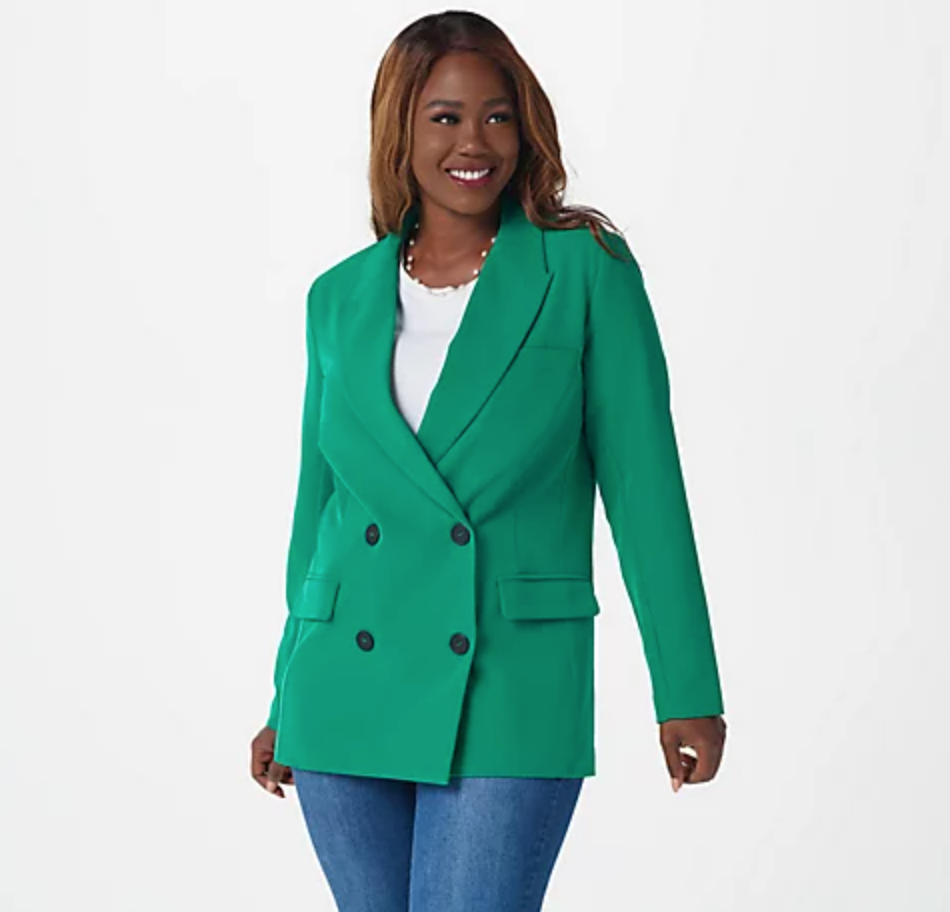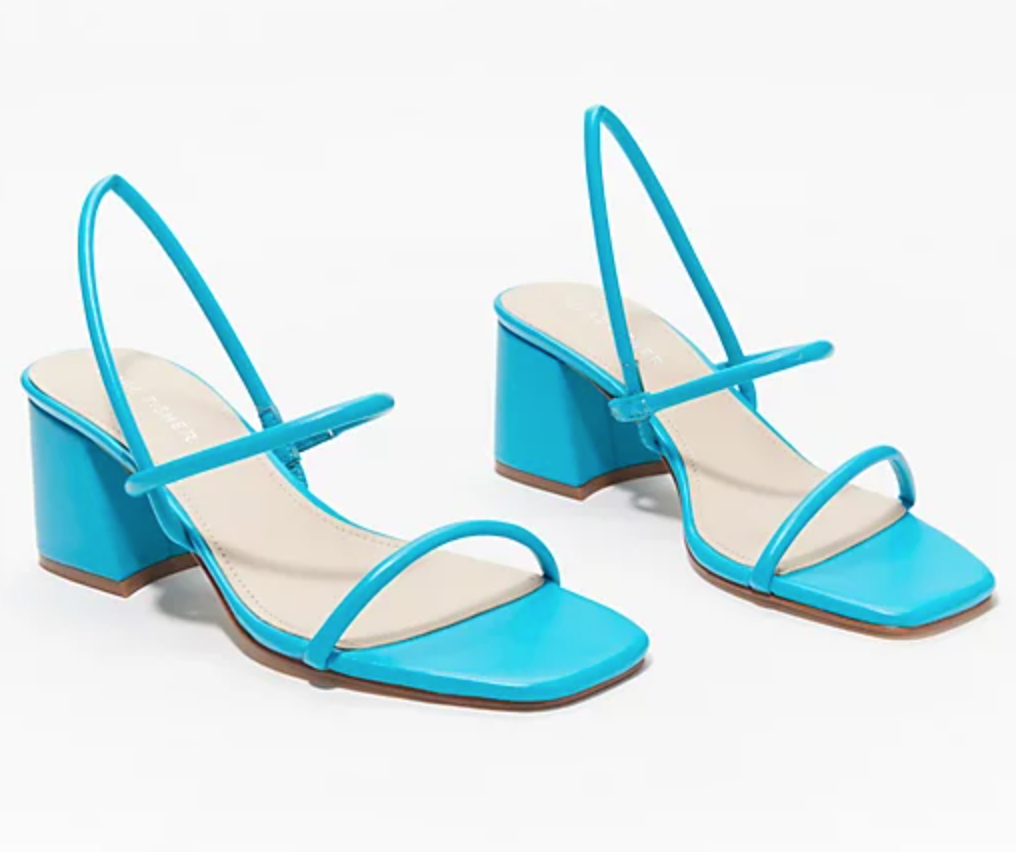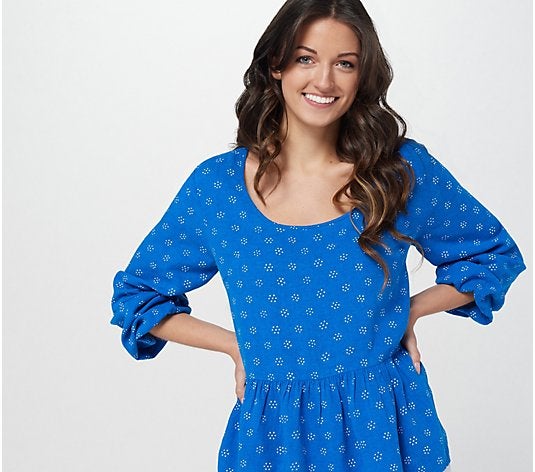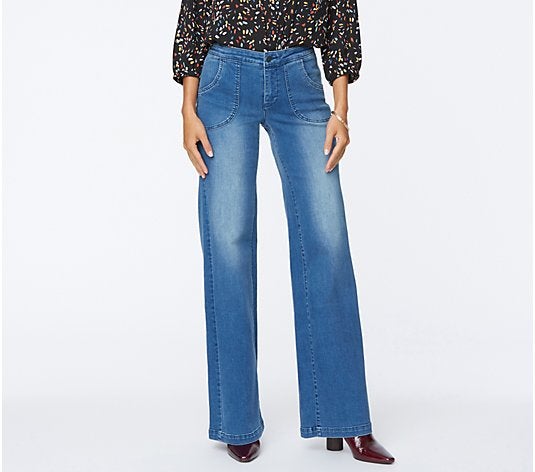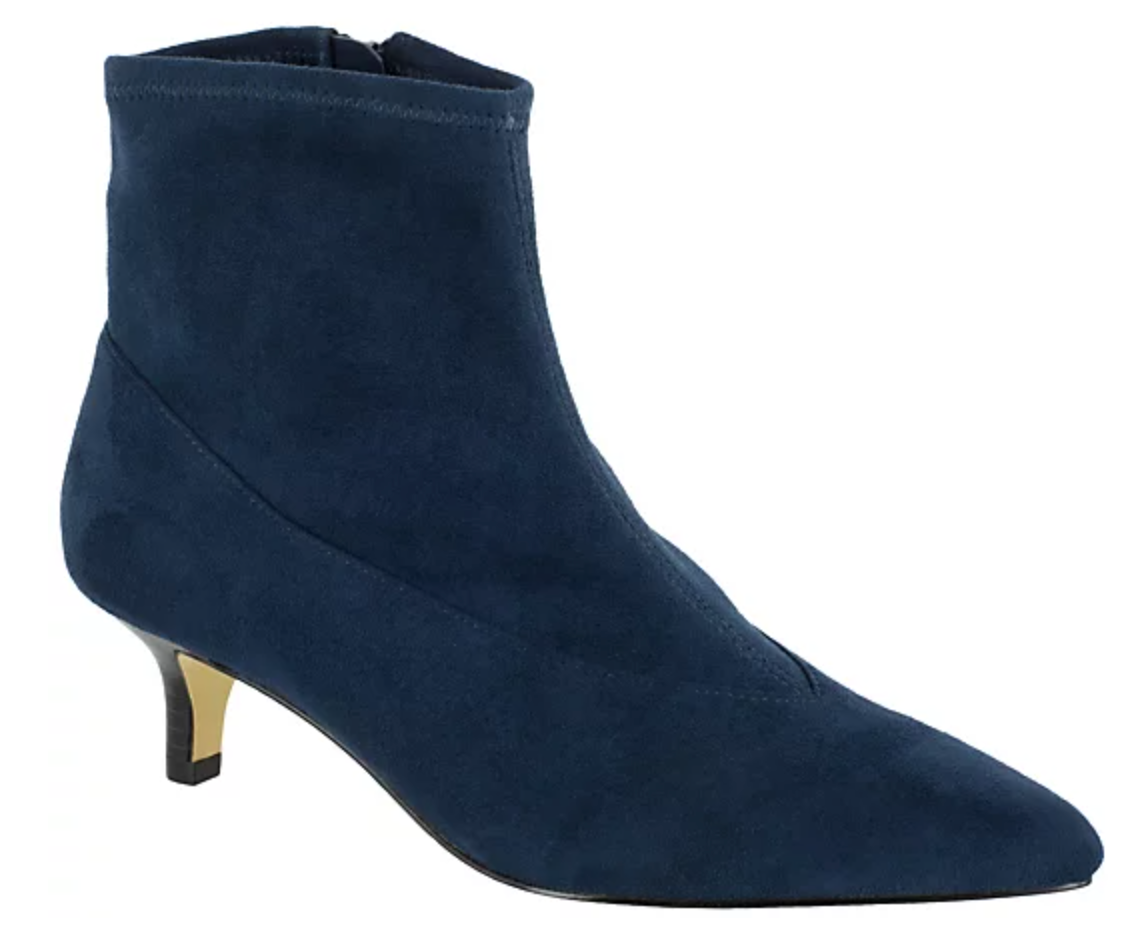I Thought I Couldn’t Wear This: R29 Editors On Reclaiming Their Personal Style
My personal style now: “I’ve always been interested in personal style, because I can use clothes in a way to manipulate an image people might have about me. As I’ve gotten older, I no longer care what other people think about how I should live my life or how I should dress. As long as I feel great in something, then it doesn’t matter what people say. Now, I love wearing a lot of different colors (I’m realizing that most colors look good against my skin, like this cobalt blue top from Candace Cameron), mixing patterns, and wearing textures (velvet is really fun). I love a crop top. I went to Miami and bought form-fitting clothes, and it was fun to experience that for the first time.









